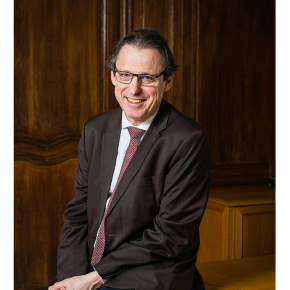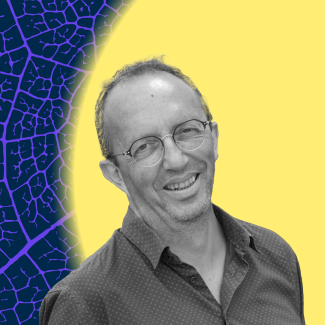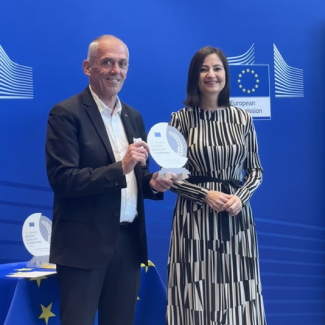
"Our objective - 100% of publications in open access"
On November 18th and 19th the second edition of the National Open Science Days were held in Paris which gave Antoine Petit, CNRS Chairman and CEO, the opportunity to present the organisation’s roadmap on this subject. Alain Schuhl, the Deputy CEO for Science in charge of its implementation at the CNRS, explains.
How do you plan to bolster the adoption of open science principles and practices across the CNRS?
Alain Schuhl: We are going to base the rollout of our policy on four core components - open access to scientific publications, the sharing of scientific data, the development and promotion of mining tools for scientific content and finally the individual evaluation of researchers. These are the four pillars that act as the basis for the advances we intend to make with open science at the CNRS. On these points our roadmap is aligned with that of the National Plan for Open Science implemented by the Ministry of Higher Education, Research and Innovation. Currently, only 50% of scientific publications in which CNRS researchers are involved are freely accessible. Our objective is therefore to reach the figure of 100% quickly and ideally by the end of 2020. We are providing all the means necessary to achieve this goal and also giving researchers the best tools.
So will HAL, the national platform of open archives, eventually contain all the CNRS’s scientific publications?
A. S.: That’s our wish and we’ve created a new rule in 2019 to encourage researchers to work along those lines namely that only publications deposited in HAL will be listed in CNRS researchers’ annual activity reports. But we need to face up to the fact that this won’t be enough. We will also need to carry on mobilising our researchers by facilitating these deposits on HAL as much as possible so we’re reinforcing the team at the Centre for Direct Scientific Communication (CCSD)1 which manages HAL to improve the website’s ergonomics and its links to other open archives like arXiv2 . Eventually, depositing a publication on another open archive site will need to be automatically reflected on HAL and vice versa. Our aim is to make sure that researchers fully adopt this way of working. A HAL-CNRS portal is going to be set up to host all the publications of CNRS researchers.
Do you have the same objective as regards data sharing?
A. S.: This aspect is much less mature than the issue with scientific publications. Our main aims are to support thought about this and to raise awareness of the fact that this kind of sharing will benefit everyone. In this area, we will of course continue to support the development of the Opidor portal which provides tools and services to optimise the sharing and interoperability of research data. Moving forward from the issues of data formats and the choice of relevant data to be stored, we will also need to discuss the best level for the physical storage of all this data – local, regional or national. We’d also like this issue to be coupled with data mining and ‘text mining’3 . Eventually, it should become easy for researchers to extract relevant information and even new knowledge from these vast sets of scientific texts and data.
How will the criteria for the individual evaluations of researchers evolve?
A. S.: Obviously these profound changes to the logic of publication will not be achieved without significant changes to the way researchers are evaluated. We are working closely on this issue with all the sections of the National Committee in charge of evaluating researchers. We consider it particularly important that the quality of research and results should be deemed more important than the quality of the journal they are published in. Some English universities ask their researchers to send them a selection of just five publications they consider to be the most emblematic of their work. This idea needs to be given serious thought because it has the advantage that evaluation is based on a reasoned selection of open access articles rather than on an exhaustive unmotivated list.
- 1CNRS/Université de Lyon Comue (Network of Universities and Higher Education Institutions)/National Institute for Research in Computer Science and Control (Inria)/ National Institute for Agricultural Research (INRA).
- 2An American open archive of physics preprints set up in 1991. It currently covers the fields of physics, mathematics and computer science among others and is administered by Cornell University.
- 3Text mining is a set of artificial intelligence techniques combining the fields of linguistics, semantics and language, statistics and computer science. These techniques make it possible to extract and recreate information from a corpus of texts (classification, analysis, trends, etc.).


